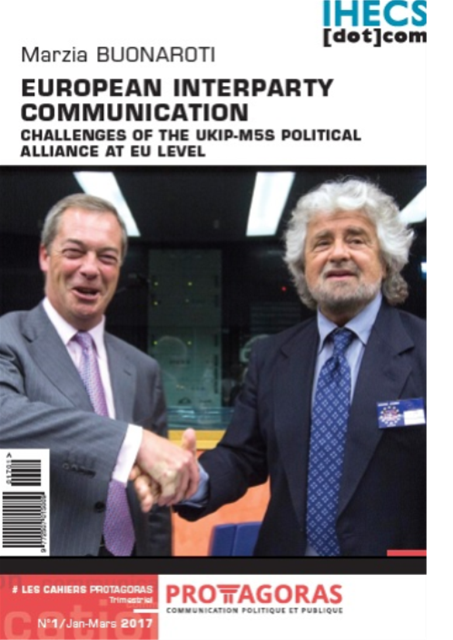- Actualités
- Activités scientifiques
- Publications
- Les Cahiers Protagoras
- L’IA au cœur des agences de communication : entre innovation et réinvention professionnelle
- Rapport synthétique – Séminaire Topos & Demos
- Making EU Communication Tenders SME-Friendly
- Les think tanks politiques francophones en Belgique : entre réinvention stratégique et quête d’influence
- Research Report – European Green Deal : Inducing Eco-Responsible Behaviours in the Post-Covid-19 Era.
- Partenaires
- À propos
- Contact
- IHECS
